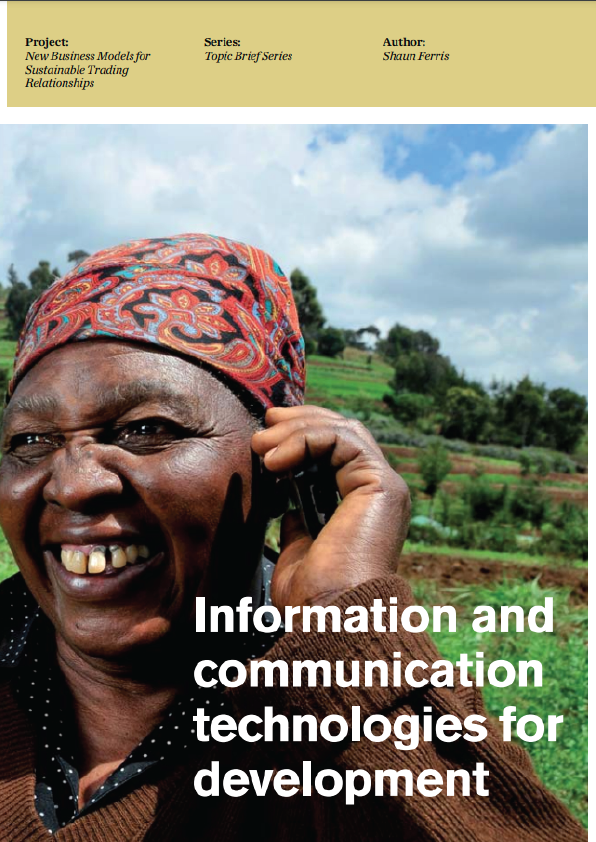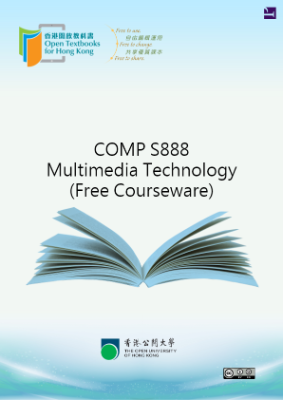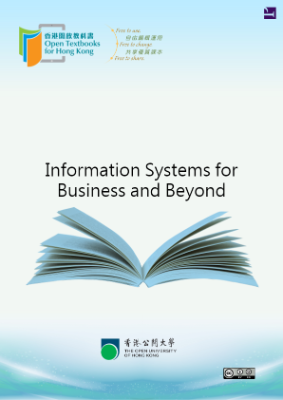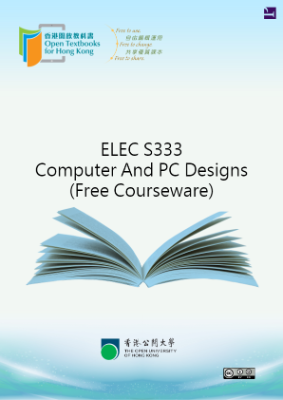The ICT transformation in emergency and development programs
Over the past 30 years, the rapid development and integration of information and communication technologies (ICT) has transformed the way we live and do business. From humble beginnings in the 1960s, basic computer and telecommunication systems have revolutionized business operating systems. In the past 20 years the use of computerized systems has infiltrated virtually every sector of modern living across the globe and this revolution is now making its way into the development sector.
Many of the key events that have led to the IT revolution are based upon the maintenance of “Moore’s Law”, which predicts the doubling of computer processing power every 18 months. This has enabled the miniaturization of computing hardware from mainframes to personalized computers (PCs) in the 1970s, the shift from desktop to mobile technologies at the turn of the century, and most recently the rise of a dazzling array of mobile devices linked to cloud computing1 (Figure 1).
The continued roll out of high-speed connectivity is rapidly creating a wired and wireless society, which is fuelling innovation and supporting our ability to share information and access new services and applications that add value to our lives and business ventures, at ever more affordable rates.
The driving force behind this huge innovation stream for faster, smarter, cheaper and more customized ways of connecting people to information services is the desire we have as individuals, families, groups, networks, firms, corporations and governments to understand our world more clearly, function more efficiently, and boost our skills and creativity.
How is ICT innovation working in the developing world?
During the 1980s and 1990s, major corporate, consumer and telecom markets focused on the lucrative markets of industrial nations. However, as growth in these markets flattened off, a combination of leading and new ICT companies turned their attention to the “emerging markets”. Many companies have maintained growth by reselling older technologies into these new markets, often referred to as the bottom of the pyramid (Prahalad 2004). As industrialized nations upgraded and deepened their markets, first generation technologies were repackaged for the rapidly emerging economies of Asia, Latin America and Africa. New companies from the emerging markets further energized the sector with business models that significantly reduced cost and increased access for the lower-income market segments. Frugal innovation has also allowed for mass market opportunities.
The roll out of “leapfrog technologies” in developing countries − whereby low-cost mobile phones are adopted instead of fixed-line telecoms − has led to massive uptake of new technology, which has transformed these societies. According to a recent Accenture and Vodafone report (Vodaphone and Accenture 2011) there are over 3.5 billion mobile connections in Africa, the Middle East, Latin America and the Asia-Pacific region (Figure 2). The current drive for additional connectivity through satellite and fiber optic cables is further accelerating the deployment and integration of mobile and web-based technologies.
How is the technology being used?
In emerging markets, mobile phones are the computing and communication product of choice. Market projections suggest that smart phones or some form of mobile device, such as the tablet, will become the global “point of access” choice (see Figure 3). The convenience and affordability of mobile technology has enabled millions of people in lower-income countries to become connected. The new-found ability to communicate has been particularly important in providing links between rural and urban communities, for family and business counterparts. For many millions of smallholder farmers and traders, mobile phones have become an essential “tool of the trade”, strengthening existing business ties and opening up new opportunities with huge reductions in transaction time and cost.
For the most part, smallholder farmers and local traders are using their phones within informal networks, and at this time there are few systematic services for rural communities.
As with the industrialized nations, however, the uses, applications and service options based on ICT solutions are rapidly changing as the private sector, NGOs, communities and governments gain more experience with the technology and start to build more effective and affordable services that link urban and rural communities within new types of social and business networks.
This process of social and technology change is both disruptive and innovative, causing many to rethink how people, systems and services can be configured to be faster, cheaper, better, and more equitable.
For more information, you can read through the book above.











